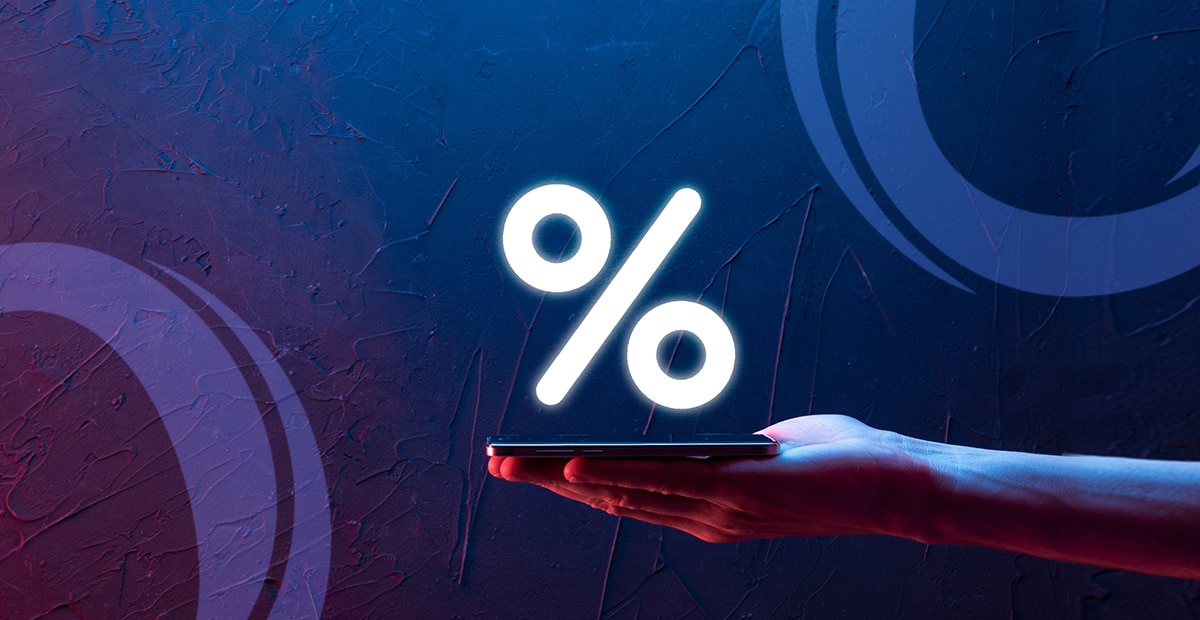Please fill out the details below to receive information on Blue Wealth Events
"*" indicates required fields

As the new year begins, we want to extend our warmest wishes to you and your loved ones. As we predicted last year, the marlin turned up on cue last week, and right now, the continental shelf off Sydney is crawling with multiple fish hooked, lost, and landed. It’s a great start to the year. Likewise, in financial markets, it feels like much of the volatility and exhaustion of 2022 is behind us. It’s a relief to start the new year. Let’s briefly recap 2022 and our initial outlook for this year.
At the beginning of 2022, the global economy was starting to recover from the impacts of COVID, and materials prices and shipping rates had all started to fall. This sense of optimism was reflected in global financial markets, and our local property market peaked around March. Even though inflation continued to rise as it had for much of 2021, the central banks were still slow to raise rates for fear of killing the recovery. However, as the year progressed, it because increasingly clear that inflation remained persistently high and, along with it, tensions between Russia and Ukraine. In response, markets began to shift downwards as central banks began to raise rates by mid-2022, marking the beginning of the federal reserve’s most aggressive cycle of rate hikes in history and the RBA’s fastest rate rises since 1994. By the end of the year, the RBA’s cash rate was 3.1%, the highest it had been in a decade.
In 2023 the key factor anyone who’s anyone in asset allocation will be watching is the official CPI print and the central bank’s policy response. We expect interest rates to remain high throughout the first half of the year, but as the effect of the successive interest rate rises works its way through the economy, as well as the mathematical effect of CPI being divided by a higher denominator, we expect inflation to decline sharply by Q3 and along with it a turning of the interest rate cycle. The higher cash rate gives the RBA some breathing space to stimulate the economy if things get worse than anticipated.
Overall, the first half of the year will remain relatively bumpy. Still, our view is that we’re through the worst of it, and investors will have more reason to be optimistic moving ahead. in the short term, the only real variable is when and how aggressively the RBA ends its tightening cycle. In the long term, our base case remains that the real estate cycle on the east coast will peak between 2026 and 2029. Even in the industry, we must constantly remind ourselves to zoom out and look at the big picture to get clarity. With the declines in Sydney and Melbourne already easing, it’s a good sign that a pause in the tightening of monetary policy will stabilise prices, giving investors in 2023 one of the best opportunities to enter the market in the next decade.
Gain a competitive edge in the property market and make informed investment decisions by leveraging our comprehensive property market research – take action towards building your wealth portfolio with Blue Wealth today.
